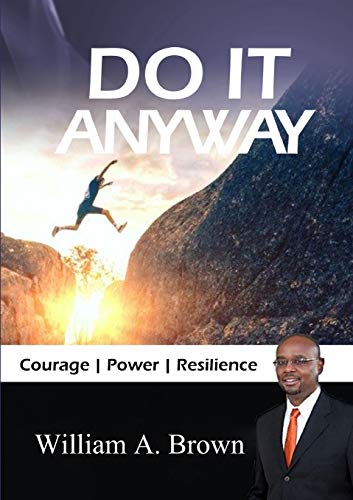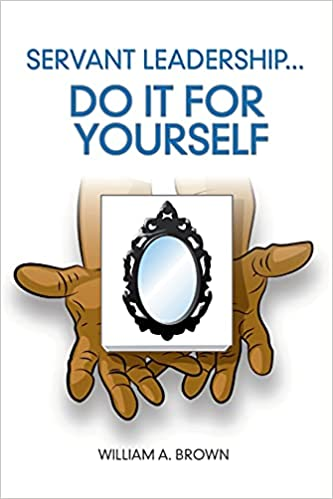Article-Detail
Discrimination Investigations Can Be Difficult
Whenever I meet an African American human resources leader I make sure to ask one question before the conversation ends. That question is, “What do you use as a filter for racial discrimination?” I usually go on to describe the position black leaders are in during the hiring and discipline process. As soon as you hire black, you’re accused of being someone who only hires black. If you don’t “sufficiently” discipline black, you are seen as someone who goes easy on black employees. If you don’t hire black, you’re seen as someone who isn’t about progress for black candidates, if you “sufficiently” discipline black you’re seen as heavy handed on black employees. When investigating racial discrimination, what filter is used to determine that their pain is justified and that you’re not just sympathizing with “a brother”?
In most of these cases I have been asked to investigate, staying objective has been a conscious effort for me. By asking this question I’ve been hoping to find an easier way to find a fair conclusion for everyone without the internal pressure. In most cases the employee feels targeted by their boss who they suspect has it in for them and as a result, they are nitpicked, and called on for every minor infraction when other employees seem to get a pass. The employee feels they have to be perfect to escape the microscope they are living under. After some time, the pressure builds to a blowout confrontation between the employee and the boss causing the employee to file a formal complaint. This is where the human resources office gets involved and is tasked with determining what happened and guide the two parties to a fair resolution that could include discipline.
If I’m being honest, when the interaction does not include African American employees, I don’t feel as much pressure to appear objective. I meet with the employees, gather as much information as is available, I give both sides an opportunity to see the information and provide feedback, and then make a finding and determine any discipline if appropriate. A solid process regardless of the parties involved. Absent race, these issues seem much easier to deal with. The presence of race ramps up the potential of politicization and pressure. A few years ago, I met a retired Bay Area HR executive who, over a 30 year career, had seen and done it all. Our meeting was timely because I was in the midst of an racial discrimination investigation. She assured me that this influence existed over the entirety of her career then she layed out a process similar to mine. She encouraged me to ask other leaders for their objective view and to trust my instincts and I would be fine. Great advice at the time that guides my hand to this day.
According to the Equal Employment Opportunity Commission (EEOC) “Race discrimination involves treating someone (an applicant or employee) unfavorably because he/she is of a certain race or because of personal characteristics associated with race (such as hair texture, skin color, or certain facial features). Color discrimination involves treating someone unfavorably because of skin color complexion.Race/color discrimination also can involve treating someone unfavorably because the person is married to (or associated with) a person of a certain race or color. Discrimination can occur when the victim and the person who inflicted the discrimination are the same race or color.” Discrimination occurs when a person is treated differently because they are a part of a group, or if they are not a part of a certain group.
A $400 million federal complaint was filed by the Department of Labor (DoL) against tech giant, Oracle, claiming racial discrimination in pay. According to the complaint, between 2013 and 2016, 500 women were underpaid by as much as 20% and roughly 11,000 Asian employees were underpaid by as much as 8%. Oracle’s “suppression of pay for its non-White, non-male employees is so extreme that it persists and gets worse over long careers”, the filing said, adding that women and black and Asian workers with years of experience are paid as much as 25% less than their peers. This means “an increasing pay gap as those employees devote more of their lives to Oracle.” The complaint continued, “The disparity in pay for women in product development, IT and support jobs from 2013 to 2016 corresponds to losses of at least $165m in total compensation”.
The Oracle case can be measured by the data, simple arithmetic can reveal enough information to guide an investigator to a conclusion. In other cases, clear information is much more difficult to discern. If you find yourself looking into a case such as this, get the information, ask questions, get a clear picture of what happened, get outside opinions if needed, and trust your instincts. These cases are not cut and dry, it takes an outsider to come in and provide clarity for the people involved, you. Your experience is your guide. Accusations of bias exist for all people of everyone in this line of work, white, black, male, female, and others all have a narrative to deal with. Shield yourself by doing the right thing, if you make a mistake, correct it and don’t repeat it. Commit yourself to doing what is right, and improving your craft, and you will SOAR!
William A. Brown
March 22, 2020




